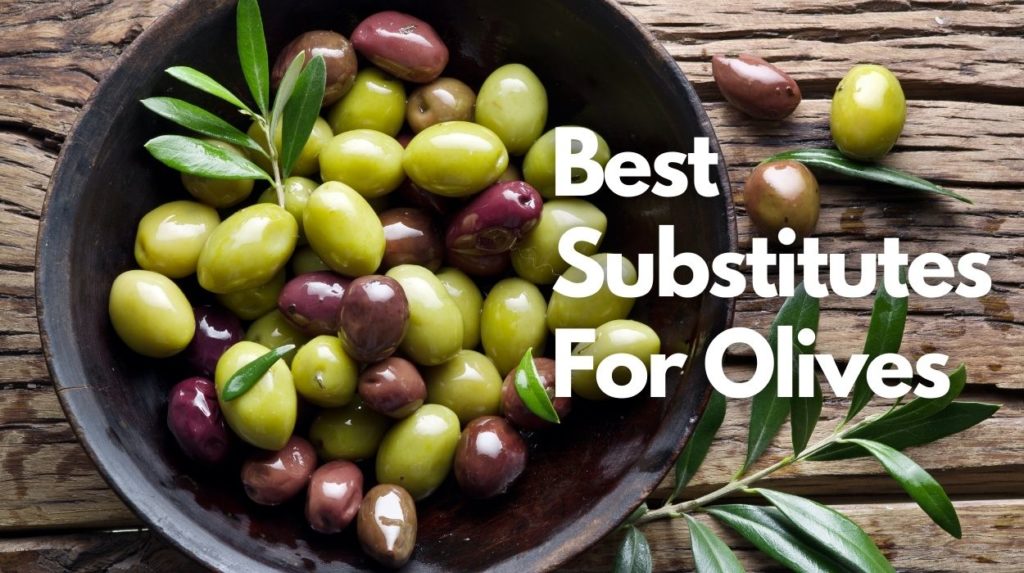
Olives are not for everybody. While some might like its salty flavor, others might despise it. However, since olives are necessary for specific recipes, it can be challenging to ignore them. But you can try using its substitutes to recreate the same flavor without compromising on the taste buds.
Whether you despise them or cannot find them in your locality, you can use capers, mushrooms, anchovies, or artichokes, in place of olives.
Let us understand when and how to replace olives with the following components.
Best Olives Substitutes
Before we get started, it is necessary to understand that not all of the following substitutes will seem to work all the time. You must pick out the most suitable one as per your recipe.
1. Capers
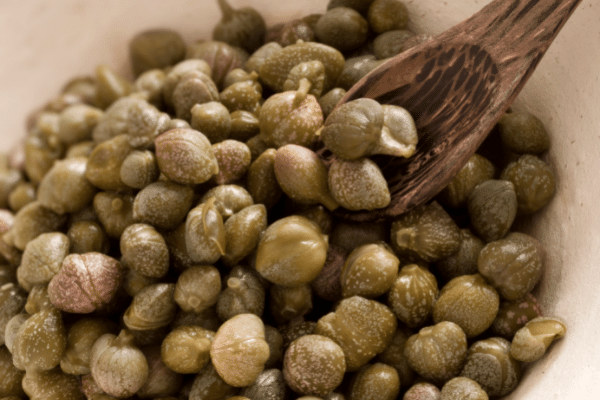
Capers originate from the Mediterranean region, but they are grown and cultivated in Asia and Australia as well. They are unripened and immature flower buds of the caper plant.
This plant can be added to several dishes due to its instant burst of flavors. Moreover, since it has a firm texture, it can be added to make your dishes extra crunchy.
You can use this alternative in several types of dishes like pasta, stew, fish, sauces, etc.
If you are a fan of pickles, you can also use capers instead of olives. Simply dry and pack them in brine along with salt. This will bring out its lemony and tangy flavor, almost like olives.
However, it must be noted that olives are bigger than capers. So, if you are using them as a substitute, it is best to cut down the proportion of capers.
For example, if you add six olives to your dish, sticking with only two capers is advisable.
Along with its pungent taste, capers will provide a kind of floral tartness to the dish. This will enhance several Italian dishes like chicken piccata, spaghetti puttanesca, etc.
You can also include them as a topping to a bagel with cream cheese.
2. Mushrooms
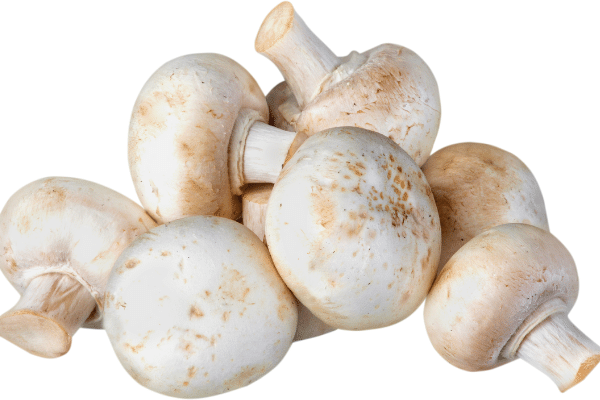
If you are not a fan of the briny taste, mushrooms will turn out to be your best friend.
Even though mushrooms have a mellow taste and aroma, you can easily substitute them with olives in dishes like pasta, salad, and pizzas.
Along with the taste, you can create a perfectly similar black olive-like look as well. Once you cook mushrooms, they will get dark. Cut them roughly and add them to your dish. Nobody would be able to tell the difference.
Its texture will change as per your cooking style. For example, raw mushrooms are chewy. But once you sauté them in olive oil, you will get a chicken-like texture.
If you are a fan of pasta, we suggest Chanterelle, Oyster, or Crimini-type of mushrooms. These will bring out the flavor without making you miss the tanginess of olives.
3. Anchovies
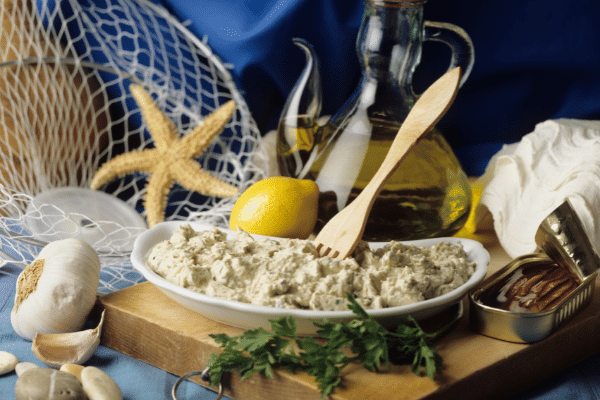
If you generally use kalamata olives in your dishes, the best substitute for you would be anchovies. While this might be an unusual or unconventional alternative, just hear us out.
Since kalamata olives contain a high amount of sodium, it might be challenging for you to find the perfect alternative in terms of the salty taste.
But when it comes to anchovies, these silvery and small fishes have a salty and fishy taste. Your dishes will certainly stand out once you learn how to balance the flavor.
Since anchovies have a fifth taste, also known as umami, your dishes will give you a combination of sweet, bitter, sour, and salty. No wonder Umami translates to “essence of deliciousness” in Japanese.
You can add anchovies as a pizza topping or prepare a paste for your pasta or dip.
But if you are like Ross from F.R.I.E.N.D.S. who does not like anchovies, continue reading.
4. Artichoke Hearts
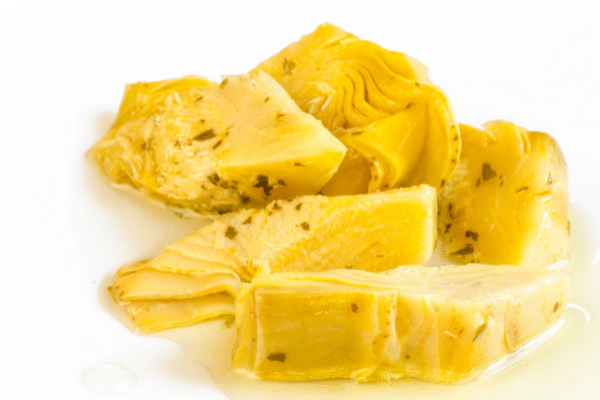
As far as you are going to go wild on salt and vinegar, artichoke hearts can be a reliable substitute for olives.
Instead of black or green olives, you can add artichoke hearts due to their earthy and herbaceous flavors. While the petals will bring in some crunchiness, the heart can be added for some softness in the dish.
Even though artichoke hearts have an intense flavor, you can enjoy the meaty texture in making dressings and dips.
5. Caperberries
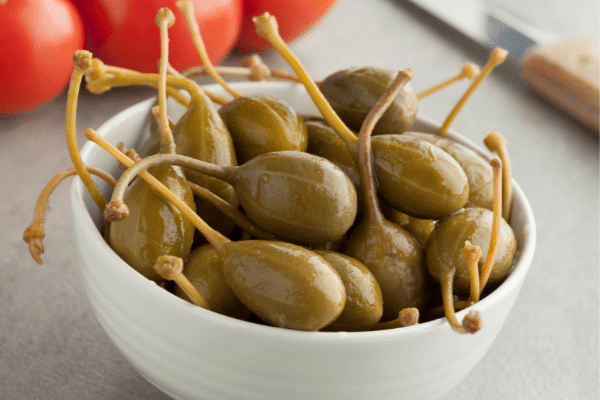
If you like to add olives to spice up your cocktails, we know for a fact that you will thoroughly enjoy caperberries.
People often get confused between caper berries and capers because they come from the same caper bush. But capers come from the unopened buds of the plant, while the caperberries are the fruit. While both are pickled, the former is used as a seasoning or garnish, while the latter is more prominent in the cocktail industry.
Since caperberries and olives are similar in terms of color and size, you can easily replace them.
Caperberries have tiny seeds, similar to kiwi, that will add a level of crunchy texture. Since it has a milder taste, you need not worry about any saltiness taking over your cocktail or dish.
You can use them to prepare salad or dips. They also work as sauces for pork, chicken, fish, or veal.
6. Pickled Tomato

If you can’t seem to find any of the aforementioned ingredients, you can rely on pickled tomatoes to replace olives successfully.
The recipe is quite simple. Take a skewer and poke holes in the top part of the tomatoes. Add vinegar, sugar, salt, and water to a saucepan. Let it boil.
Place your tomatoes in a mason jar, along with the lemon zest, rosemary, garlic, and peppercorn. Pour the mixture over it and let it cool.
Since these pickled tomatoes will last for a good two weeks, you might as well make some use of them in preparing sandwiches or as a side dish with grilled fish or sausages.
You can also add them in place of olives in burgers or green salad. With its intense tangy-sweet flavor, even the simplest of the dishes will taste like a Michelin star dish.
Like olives, you can also plop them in Bloody Mary or martini.
You can also eat them as they are since they improve the digestibility of the food. Serving them as appetizers at the next party will earn you all the praises in the world.
7. Green Peppercorns
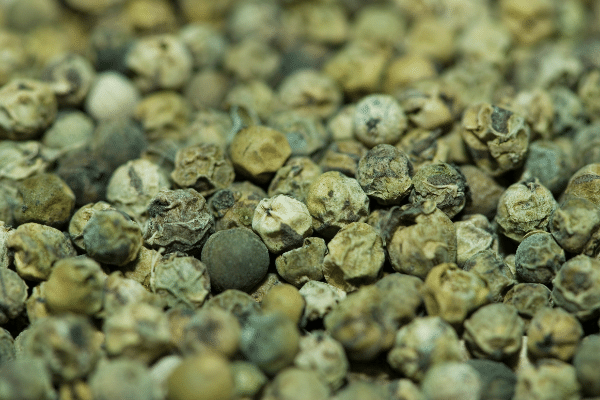
You might be familiar with green pepper, but green peppercorns have not yet received the limelight it deserves!
Similar to black pepper, green pepper is made from unripe drupes. They are treated with sulfur dioxide, either through canning or freeze-drying. This preserves its green shade.
Green peppercorns are preserved in vinegar or brine, making them a good substitute for olives.
Even though they are primarily suitable for Asian cuisines, you can use them as a garnish on your regular chicken or fish dishes. Apart from that, you can also use this ingredient in making dips, soups, and sauces.
Since they are a little spicy, please don’t go overboard with them.
8. Blue Cheese
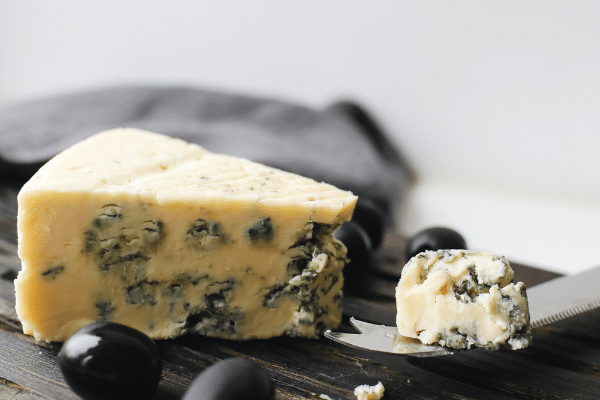
Yes, we are aware that blue cheese is not a vegetable. But if you want a savory and salty alternative to olive, blue cheese is the way to go.
The taste of blue cheese ranges from salty to sweet. It can be semi-soft, creamy, and crumbly in texture.
The easiest way to include blue cheese in any dish is by making a dip out of it. You can also melt it over your burger or add it to your sandwiches.
You can also replace olives in your salads by adding blue cheese instead. Since they also work well with fruits and nuts, you can use them to make desserts as well, something that isn’t an option with olives. So, enjoy the added bonus!
9. Dill Pickles
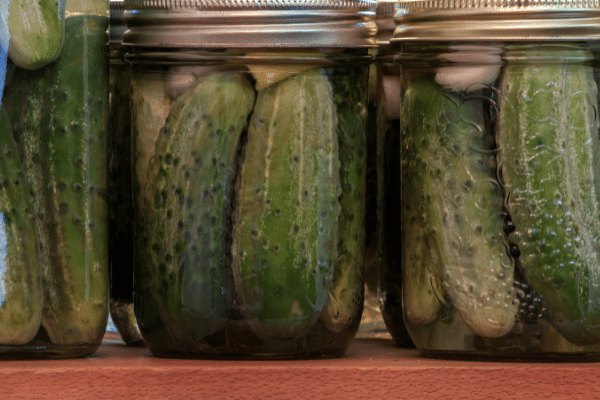
Making dill pickles is not only easy, but it also comes in handy when you are missing other ingredients, like olives. The tanginess extracted from dill pickles makes up for olives while consuming them as appetizers or adding to your potato salad.
The combination of sweet and savory will create a flavorful explosion in your mouth, followed by its crunchiness.
While it is not meant to be added as a garnish, you can blend it into a paste or create a dip out of it.
10. Pickled Onions

Pickled onions add sweetness, tanginess, and crunchiness to the dish. You might also get a complex sour flavor if you add apple cider vinegar or lime juice to it.
Even though they are good to be eaten on their own, you can add them to your stir-fried dishes as well. We also love to top off our French bread with it.
Apart from being served as appetizers, you can also replace olives with pickled onions in your salads and burgers.
Types of Olives
Before you make the final call, it is necessary to understand the varying types of olives. The different flavors derived from the different types of olives will help you get a better alternative for your recipes.
1. Kalamata
Kamalata originates from Greece. They have a rich meaty flavor with a soft texture.
Best for: toppings on salads, pizza, and pasta dishes
2. Nicoise
Nicoise originates from France. They have a combination of sour and bitter flavors.
Best for: salad toppings and making olive oil
3. Mission
Mission originates from the United States of America. They have a soft texture with a peppery flavor.
Best for: sandwiches, salads, or pizza toppings
4. Castelvetrano
Castelvetrano originates from Italy. They have a firm texture with a mild buttery taste.
Best for: snacking or adding them to chicken or fish dishes
5. Manzanilla
Manzanilla originates from Spain. They have a firm and plump texture with a bitter flavor.
Best for: cocktails, helps produce canned black olives
6. Cerignola
Cerignola originates from Italy. They have a firm texture with a sweet and buttery flavor.
Best for: pasta, salad, chicken, and fish dishes
7. Picholine
Picholine originates from France. They have a crispy texture with a lemony taste.
Best for: fish dishes and cocktails
8. Gaeta
Gaeta originates from Italy. They have a soft texture with a salty taste.
Best for: preparing puttanesca sauce and tapenade
9. Queen
Queen originates from Spain. They have a firm texture with a nutty flavor.
Best for: cocktails
FAQs
1. Is it OK to eat olives every day?
Even though olives are good for facilitating weight loss, their high salt content can make them harmful to your health. Hence, limiting your olive intake to a few ounces, preferably 2-3 ounces a day, is best.
2. What can I replace olives with on keto?
If you follow a keto diet, it is best to substitute olives with artichoke hearts, mushrooms, sun-dried tomatoes, and capers.
Final Note
Whatever your take on olives is, you can’t help but love the tanginess derived from them, can you? Well, even if you are not a fan, several alternatives like capers, anchovies, and dill pickles will satiate your taste buds.
Eat your olives in moderation or substitute them with the next best option. In this way, you’ll be able to enjoy its taste without harming your health.



